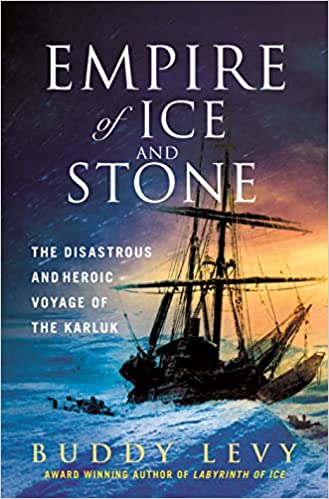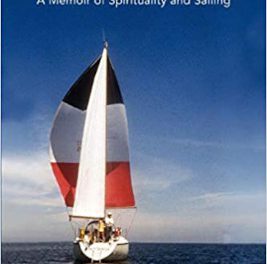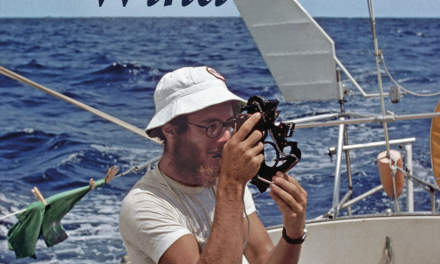It is a tale oft told, a bright and promising voyage of brave young people who sail off to conquer terra incognita, well equipped and well led, only to be taught cruel and tragic lessons by the extreme regions of the planet. They fight to survive as equipment, supplies, health, and leadership fail. But keep reading, this one is different.
 Buddy Levy, who most recently penned Labyrinth of Ice, about the Greely Polar Expedition has produced another gripping tale of the Canadian Arctic Expedition of 1913 led by Vilhjalmur Stefansson, a Harvard anthropologist and explorer whose credo of “I am what I want to be,” enabled him to convince (bamboozle?) the Canadian government into sponsoring a voyage of discovery and science, with the only provisos that he become a British subject and that any new lands discovered would become part of the Canadian Confederation. The guy could really sell.
Buddy Levy, who most recently penned Labyrinth of Ice, about the Greely Polar Expedition has produced another gripping tale of the Canadian Arctic Expedition of 1913 led by Vilhjalmur Stefansson, a Harvard anthropologist and explorer whose credo of “I am what I want to be,” enabled him to convince (bamboozle?) the Canadian government into sponsoring a voyage of discovery and science, with the only provisos that he become a British subject and that any new lands discovered would become part of the Canadian Confederation. The guy could really sell.
From the get-go Stefansson makes ill-conceived and selfish decisions—based on a desire to become wealthy—which alienate and jeopardize the crew. He negotiates exclusive publishing contracts with major newspapers, telling one that, “…the lives of the party are secondary to the accomplishment of the work.” To his solitary credit, however, he hires experienced polar explorer Captain Bob Bartlett as master of the Karluk and for that reason we know the whole story.
As with many grand expeditions sacrifices are made to save money, which often prove to be a false economy. The Karluk was cheap and available but, as Bartlett discovered, in need of a complete overhaul. And despite that extra expense the engine had, “all the power of an old coffee pot.” He knew that she would be unable to force her way through the ice.
Despite the misgivings they shove off with two sister ships from Vancouver, British Columbia in June. They were behind schedule and had hastily loaded gear and provisions in pell-mell fashion, joking that they would get everything sorted out when they reached Hershel Island in northern Canada. But that would never happen. The three ships become separated and the Karluk is hopelessly locked in the fast-moving ice floes of the Beaufort Sea. Incredibly, Stefansson leaves the ship for a caribou hunt and never sees his flagship again. When confronted with this lapse of judgement by the leader of his southern party Stefansson has already written off the Karluk, stating: “for good or ill, we’re unable to affect the destiny of the Karluk in any way so she was, in a sense, off our minds.”
At this point the book turns its full attention to the desperate saga of Bartlett and the crew. After drifting for four months the Karluk is crushed and sunk, leaving them out on the ice, 80 miles from land. What happens next is a testament to the bravery and endurance of Bartlett and the Inuit members of his crew, who share their hunting, skinning, sewing, and sled driving skills without which the entire expedition would have been lost.
Using first-person journals, log books, and academic archives, Levy has crafted a first-rate re-telling of this tragic rivalry between Bartlett and Stefansson, their differing priorities as leaders, and the enmity they shared for each other to the very end.
Empire of Ice and Stone: The Disastrous and Heroic Voyage of the Karluk by Buddy Levy (December 2022; St. Martin’s Press; $29.99)





